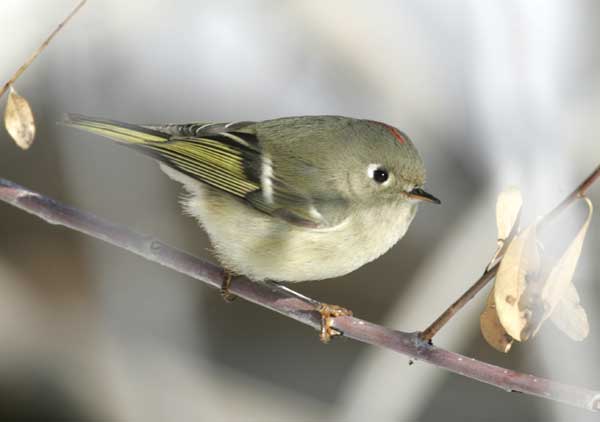 |
| A male Varied Thrush. Hear his unusual song below. |
Now, in case you were unaware, in the world of ornithology bird noises are classified into three groups: calls, songs, and mechanical sounds. A proper discussion of mechanical sounds would require an entire blog entry all on its own, so we'll hold off on that until a later date. For now, I hope you can be content with simply knowing that a mechanical sound is any non-vocal sound produced by a bird (such as bill clacking in ravens, drumming in woodpeckers, and the recently famous tail-squeak of Anna's Hummingbirds). For those of our dear readers with an insatiable and demmanding appetite for more knowledge, I shall leave you in the capable hands of your Google search bar (search for Chris Clark's research on tail sounds in Anna's Hummingbirds).
For the rest of us who haven't been sidetracked by mechanical sounds, I'll go ahead and get back to the calls and songs. What's the difference between these two types of vocalizations? In some species, the differences can be quite difficult to make out, but for others - most songbirds for example - they are as different as night and day - or perhaps, summer and winter? In general, most songs tend to be more elaborate, longer, and change with the seasons, while calls tend to be short and simple. As with most broad generalizations, there often appear to be more exceptions to the rule than conformists. Let's stick to the conformists for now.
 |
| A Dark-eyed Junco sings from his perch. Listen below. |
Warblers, wrens, kinglets, and most sparrows tend to conform very nicely to these generalizations regarding songs and calls. Take the vocalizations of the Pacific Wren for example. Their calls are very short, simple and repeated, while their songs are quite complex and can continue for up to 120 seconds (one of the longest wren songs ever recorded).
So what's the purpose of all this singing? The answer, as it often does in the natural world, brings us back to reproduction. Bird vocalizations are better defined as songs when we learn why they are produced. Singing behavior is a product of changes in hormone concentrations due to the lengthening of days. As days get longer in the spring, and the breeding season draws ever closer, the production of sex-related hormones (such as testosterone) spikes, and male songbirds begin singing their heads off every morning on your windowsill.
Calls, on the other hand, are not generally regulated by hormones. Instead they are communication- and coordination-related. Warning calls, contact calls, flight calls, foraging calls, distress calls, alarm calls - all of these sounds are produced for the coordination of behaviors. An alarm call will alert other birds in a flock to a predator. Flight, contact, and foraging calls help birds keep track of one another while moving in flocks (Bushtits for example). Distress calls can coordinate mobbing behavior, deterring predators. In fact, Black-capped Chickadees have been known to mimic the distress calls of other species, inciting more birds to join an anti-predator mob.
 |
| Pacific Wrens use songs to defend territories year-round. Pacific Wren song: Pacific Wren alarm calls: |
Learning bird songs is a rewarding and enlightening experience. I have provided a few common songs and calls here to get you started. If you would like to continue your listening lessons, try looking up common bird songs on Xeno-Canto or in the Macaulay Library of Animal Sounds.
Also, it is interesting to note that exactly one year ago today, Dennis Paulson wrote a similarly themed blog entry about the arrival of spring and birds singing and breeding! Funny how the timing of this worked out! Check out last year's blog entry here.
- Robert Niese
Education and Outreach Coordinator
 |
| Bushtits use a variety of contact calls to keep track of one another while foraging in large flocks. Listen to these calls below. |
 |
| American Robins have remarkably diverse vocalizations. Here is a typical Robin song: This is an alarm call: And here is another call type: |






16.jpg)

8.jpg)